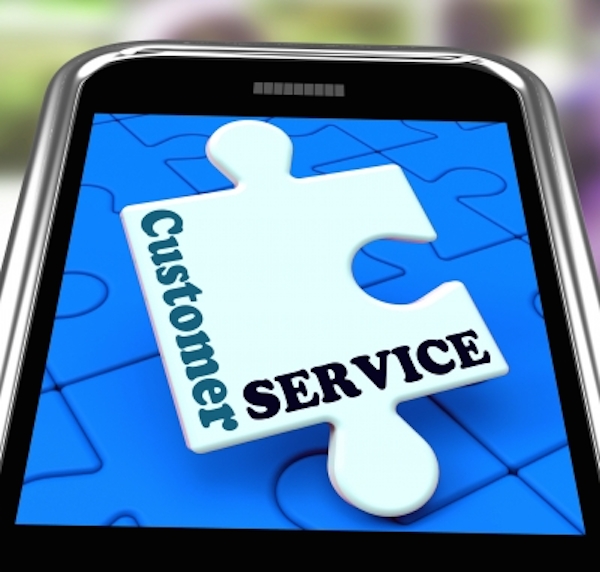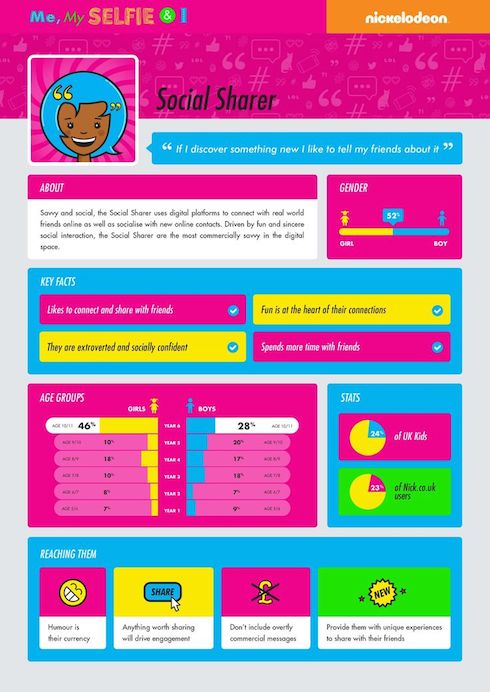By Liam Dowd - July 15th, 2014

Consumer frustration, social sharing, which words count, and happy birthday Amazon.
Choose your words carefully
Social media may have been moving towards images and video over the last year or so, but words still play an important part in why your corporation’s customers share content.
Changing the words you use across the social media could have a massive positive impact on sharing. Luckily, Quicksprout have created a new infographic that is the result of A/B testing to identify the words that your social media content should contain.
Customer frustration
New research from ClickSoftware has revealed that poor customer service accounts for 34% of consumers abandoning a brand altogether through frustration. The global report by ClickSoftware, which looks at the frustrations consumers face when dealing with companies, found utility companies came top in the league with nearly a third (32%) of people naming them the most frustrating industry to deal with for service issues.
Communication service providers came a close second with over a quarter (29%) of people fed up with the time they wasted, followed by Central Government (18%) and banking (15%), third and fourth respectively.
It's not just businesses losing money from bad customer service, UK workers are having to take time off to attend to matters during their working hours to resolve issues. The study revealed a total loss of nearly £15 billion a year, and an individual loss of almost £500 per person*
"This is a timely reminder for businesses that customer service is still one of the biggest factors in attracting and retaining customers," said Robert Williams, Vice President of UK & Ireland of ClickSoftware. "Bad customer service is costing business up to a third of their revenue, and the knock on effect is that people are having to take precious holiday time just to deal with things that could and should be sorted much more easily. The good news is that by having accurate planning and information sharing procedures in place it's never been easier to address customer concerns and provide an exceptional experience in a cost-effective way."
"Ultimately, satisfied customers help drive retention and profitability for service organisations. Our research found those that reached a 90%+ customer satisfaction rate achieved an annual 6.1% growth in service revenue, 3.7% growth in overall revenue, and an 89% level of customer retention," said Aly Pinder, Senior Research Analyst, Service Management, Aberdeen Group. "Today solutions exist to alleviate consumer frustration. Considering the high cost to the bottom line, there is no justification for under-performance. Service organisations of all sizes should consider adopting automated tools to improve forecasting, planning and invest in mobile tools to provide field workers better access to information and the ability to communicate in real-time."
One clear way that all brands can improve this state of affairs is to use social media wisely. Indeed, increasing numbers of consumers are turning to these networks to make initial customer services contact, and then communicating their experiences. Corporations can take advantage of the propensity to share experiences to enhance their brand advocacy. Read more about how to develop your customer services into a more proactive component of your corporation in our special feature.
*Based on the average UK national hourly wage of £12.92 (UK workers average hour rate is £13.60 for men and £12.24 for women) for a typical 37.5-hour work week, that's an average £484.50 that people lose waiting instead of working. Multiply that by 30.43 million employed Brits and the true cost of frustrated wait time experienced by the UK population emerges at £14.7 billion.
Happy birthday Amazon
Amazon reaches its 20th birthday this month. Credited with creating the recommendation economy, their use of social marketing across their online stores is testament to the power of what Amazon calls its ‘item-to-item collaborative filtering’. Sharing information like this has of course become commonplace since the inception of social media. Amazon though, pioneered the use of recommendations, which set a foundation that social media would later follow.
Social sharers
Children have always been a tricky group to market goods and services to. However, new research from Nickelodeon shows that nearly a quarter of children are in face social sharers. The new study "Me, My Selfie & I", explores how children use digital devices and the roles they play in their lives. The research identified four tribes within the group of 1,000 six to 11 year olds.
A total 32% of children interviewed fell into the 'playful newbie' category, made up of 53% girls, while 23% of children had 'digital discoverer' behaviours, dominated by boys at 61%.
A further 21% were put in the 'games master' tribe, skewed towards boys who accounted for 68% of the total. Nearly a quarter (24 %) of the respondents were 'social sharers', with boys very slightly dominating at 52%.
“What Me, My Selfie & I reveals is that the ways kids use and feel about devices is more complex than current advertising models may allow for,” said John Conlon, vice president, UK research and insight, Viacom International Media Networks.
“Transcending gender or age, kids’ usage and engagement with devices is defined by their need to discover, play, communicate, create and share. With this insight, content producers, promotional partners and sales teams can reach audiences in a more effective and meaningful way.”
In addition to the identification of these groups, the research also found that there is a clear hierarchy of screens within UK households with kids preferring devices with larger screens. The TV remains the top device used for entertainment by UK kids with tablets and laptops also rating favourably.
Until next time….
The Useful Social Media team.




